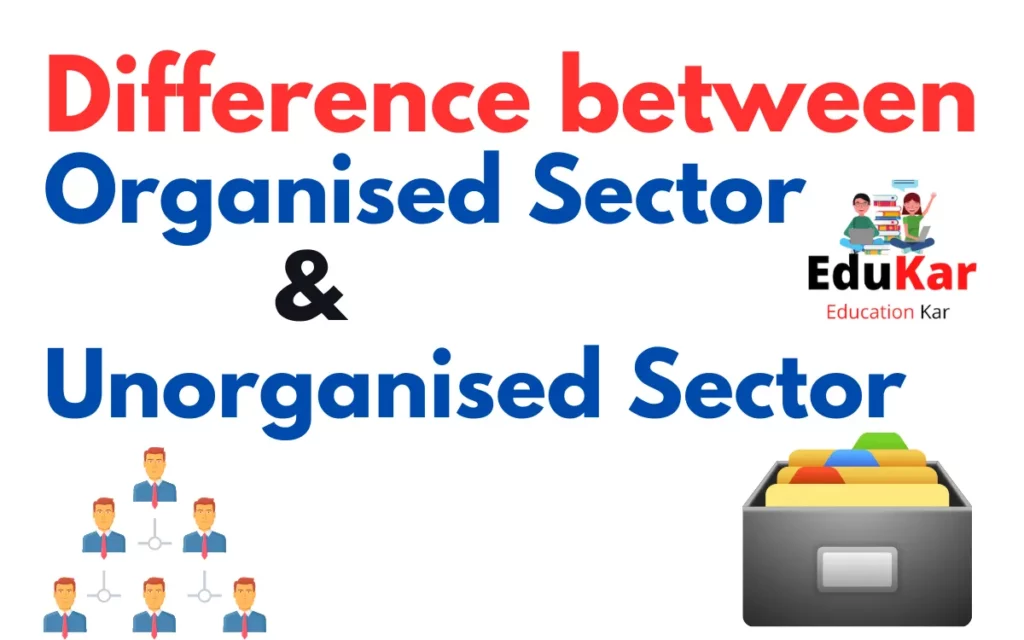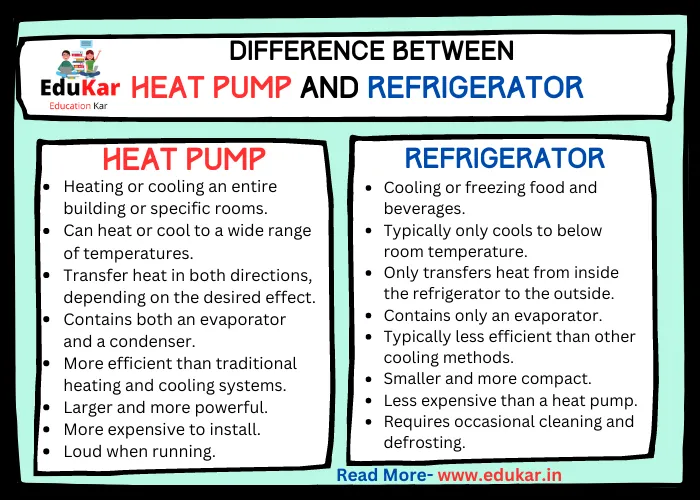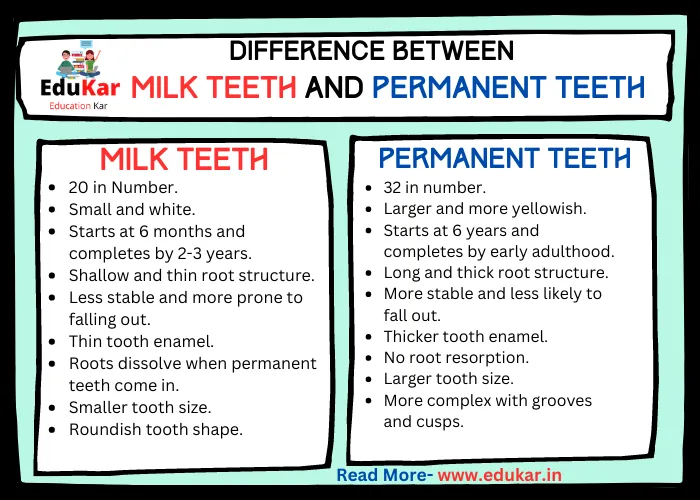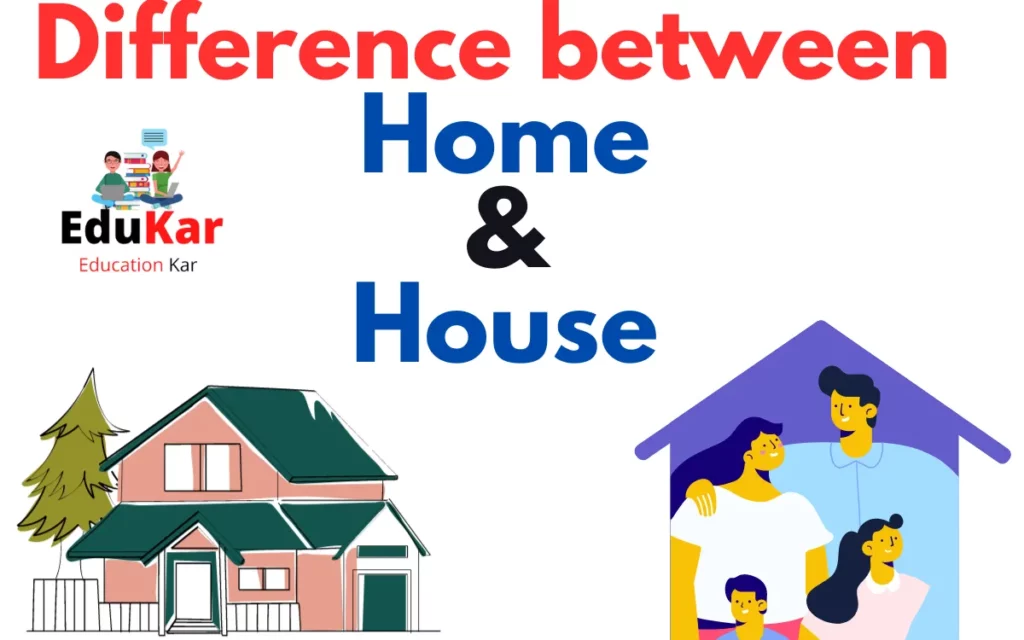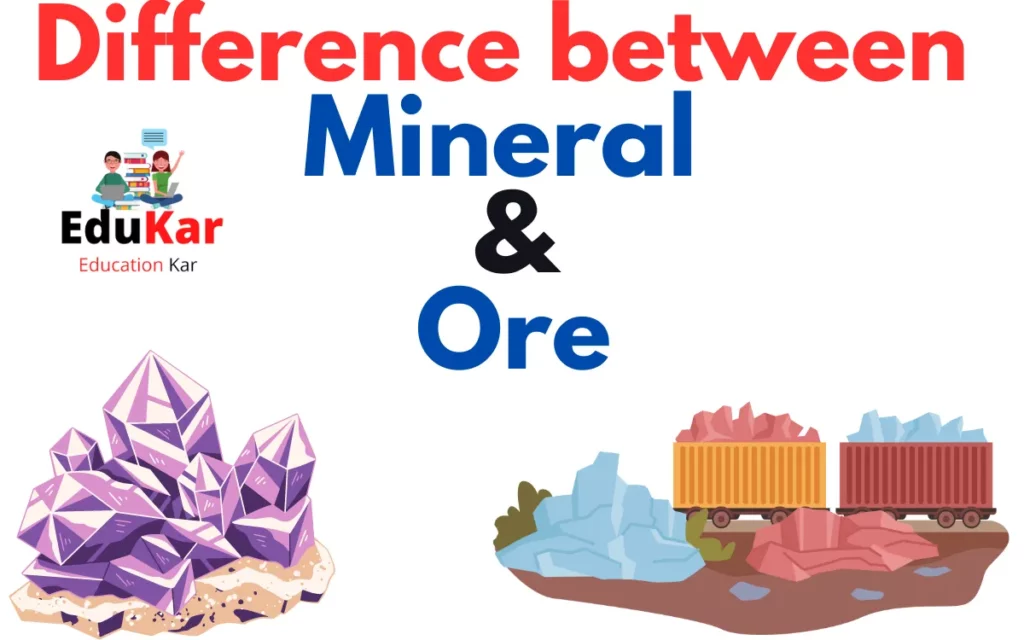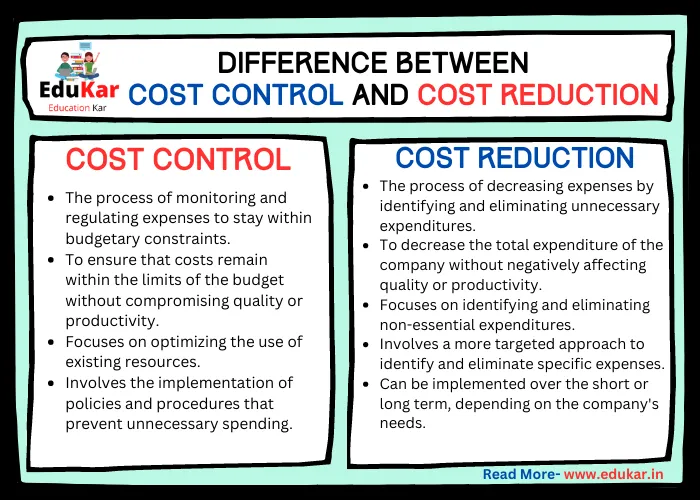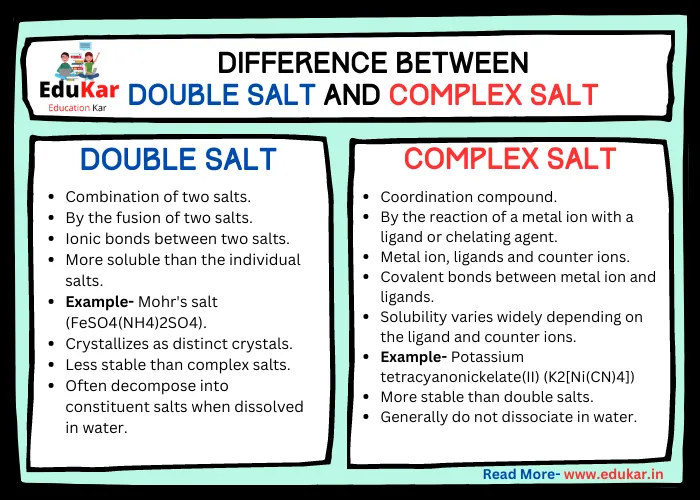Contents
- 1 Definition and Purpose
- 2 Difference Between Hotel and Restaurant
- 3 Services
- 4 Physical Layout and Design
- 5 Staffing
- 6 Business Model
- 7 Conclusion
- 8 FAQs
- 8.1 What is a hotel?
- 8.2 What is a restaurant?
- 8.3 What is the main difference between a hotel and a restaurant?
- 8.4 Can you find a restaurant in a hotel?
- 8.5 What amenities does a hotel have that a restaurant does not?
- 8.6 Can you eat at a hotel without staying there?
- 8.7 Can you book a room in a restaurant?
- 8.8 Do hotels and restaurants have different types of staff?
Discover the key differences between hotels and restaurants in this blog post. From their services to their physical layout and design, staffing, and business models, learn about the unique characteristics that set these two types of businesses apart. Whether you’re a consumer or a business owner, this post will provide valuable insights into the nuances of these two industries.
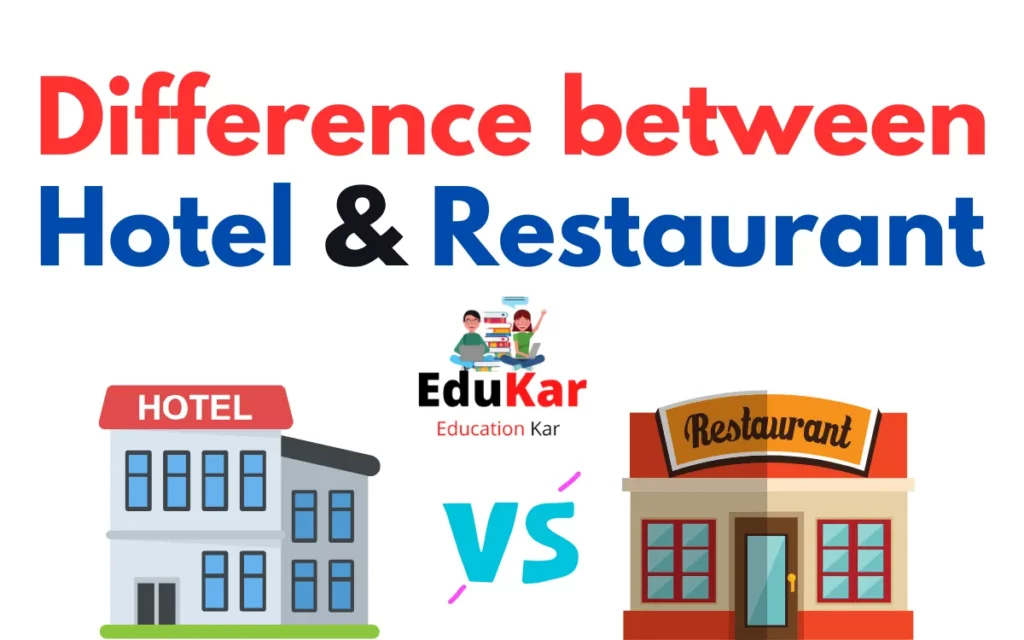
Definition and Purpose
Hotels are businesses that offer temporary accommodations for travelers. They typically have a variety of guest rooms, ranging from standard rooms to suites, and may offer additional amenities such as pools, fitness centers, and meeting spaces. The purpose of a hotel is to provide a comfortable and convenient place for travelers to stay while they’re away from home.
Restaurants, on the other hand, are businesses that provide food and drink to customers. They may offer dine-in service, takeout, and catering, and may specialize in a particular type of cuisine or meal. The purpose of a restaurant is to provide a satisfying dining experience for customers.
Difference Between Hotel and Restaurant
| Hotel | Restaurant |
|---|---|
| 1. Provides accommodation and lodging services to guests. | 1. Provides food and beverage services to customers. |
| 2. Offers a range of rooms and suites for guests to choose from. | 2. Offers a menu with a variety of dishes and drinks for customers to choose from. |
| 3. Provides amenities and services such as room service, housekeeping, and concierge services. | 3. Provides amenities and services such as takeout, delivery, and catering services. |
| 4. May have multiple restaurants, cafes, and bars on its premises. | 4. Usually has a single dining area with a limited seating capacity. |
| 5. Usually open 24/7 to cater to the needs of guests. | 5. Has fixed operating hours that may vary depending on the location and type of restaurant. |
| 6. Typically has a higher price point due to the added value of accommodation and services. | 6. Typically has a lower price point as it focuses solely on food and beverage services. |
| 7. Examples include luxury hotels, budget hotels, and resorts. | 7. Examples include fast food restaurants, cafes, fine dining restaurants, and casual dining restaurants. |
Services
Hotels offer a range of services beyond just accommodation. These may include room service, housekeeping, laundry service, and concierge services. Some hotels may also offer additional amenities like spa services, shuttle service, and recreational facilities.
Restaurants, on the other hand, focus primarily on providing food and drink service. In addition to the meals themselves, restaurants may offer bar service, catering, and delivery/takeout services.
Physical Layout and Design
Hotels are typically designed to accommodate overnight guests, and thus have a variety of different room types available. They also typically have a lobby, which serves as a central meeting point for guests and often includes amenities like a front desk, seating areas, and a concierge desk. Additional facilities like pools, fitness centers, and meeting spaces may also be available.
Restaurants are typically designed around the dining experience. The layout typically includes a dining area, a kitchen, and a bar area. The dining area may be designed to accommodate different types of seating, like booths, tables, and bar seating.
Staffing
Hotels require a variety of staff members to ensure that guests have a pleasant stay. These may include front desk staff, housekeeping staff, maintenance staff, and management. Some hotels may also have additional staff members to manage recreational facilities, like lifeguards and fitness trainers.
Restaurants require a different type of staffing, primarily focused on food and beverage service. These may include chefs, servers, bartenders, and hosts/hostesses. Depending on the size and type of restaurant, additional staff members like bussers and dishwashers may also be needed.
Business Model
Hotels make money primarily by charging guests for overnight stays. This may include various room rates, depending on the size and type of room, as well as additional charges for amenities like parking or in-room services. Some hotels also offer special packages or discounts to attract customers.
Restaurants make money by charging customers for their meals and drinks. Depending on the type of restaurant, they may also charge for additional services like catering or private events.
Conclusion
While hotels and restaurants may seem similar on the surface, they are actually quite different in terms of their definition, purpose, services, physical layout and design, staffing, and business models. By understanding these differences, consumers and business owners alike can make informed decisions and ensure that they are getting the experience they are looking for.
FAQs
What is a hotel?
A hotel is an establishment that provides lodging or accommodations for travelers or tourists. It typically has rooms, suites, or apartments for guests to stay in, and may also offer amenities such as restaurants, bars, swimming pools, and fitness centers.
What is a restaurant?
A restaurant is a business that serves food and drinks to customers. It can range from fast food establishments to fine dining restaurants and may specialize in different types of cuisine.
What is the main difference between a hotel and a restaurant?
The main difference between a hotel and a restaurant is that a hotel provides lodging accommodations for guests, while a restaurant primarily provides food and drink services.
Can you find a restaurant in a hotel?
Yes, many hotels have restaurants or dining options available for their guests. Some hotels may have multiple restaurants on their premises, serving different types of cuisine.
What amenities does a hotel have that a restaurant does not?
Hotels typically have a range of amenities beyond just lodging accommodations, including fitness centers, swimming pools, conference rooms, and other recreational facilities. In contrast, restaurants typically focus solely on providing food and drink services to customers.
Can you eat at a hotel without staying there?
Yes, many hotels have restaurants, cafes, or bars that are open to the public, regardless of whether or not they are staying at the hotel. However, some hotels may restrict access to their dining facilities for non-guests during peak times or special events.
Can you book a room in a restaurant?
No, restaurants do not typically offer lodging accommodations for guests. They are solely focused on providing food and drink services.
Do hotels and restaurants have different types of staff?
Yes, while there may be some overlap in job roles (such as servers or cooks), hotels and restaurants typically have different types of staff. Hotels may have front desk agents, housekeeping staff, and maintenance personnel, while restaurants may have bartenders, hostesses, and busboys.

